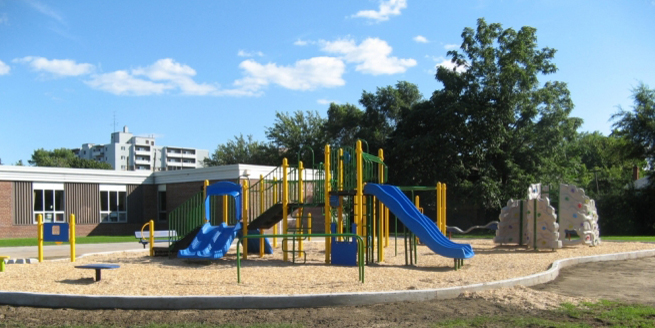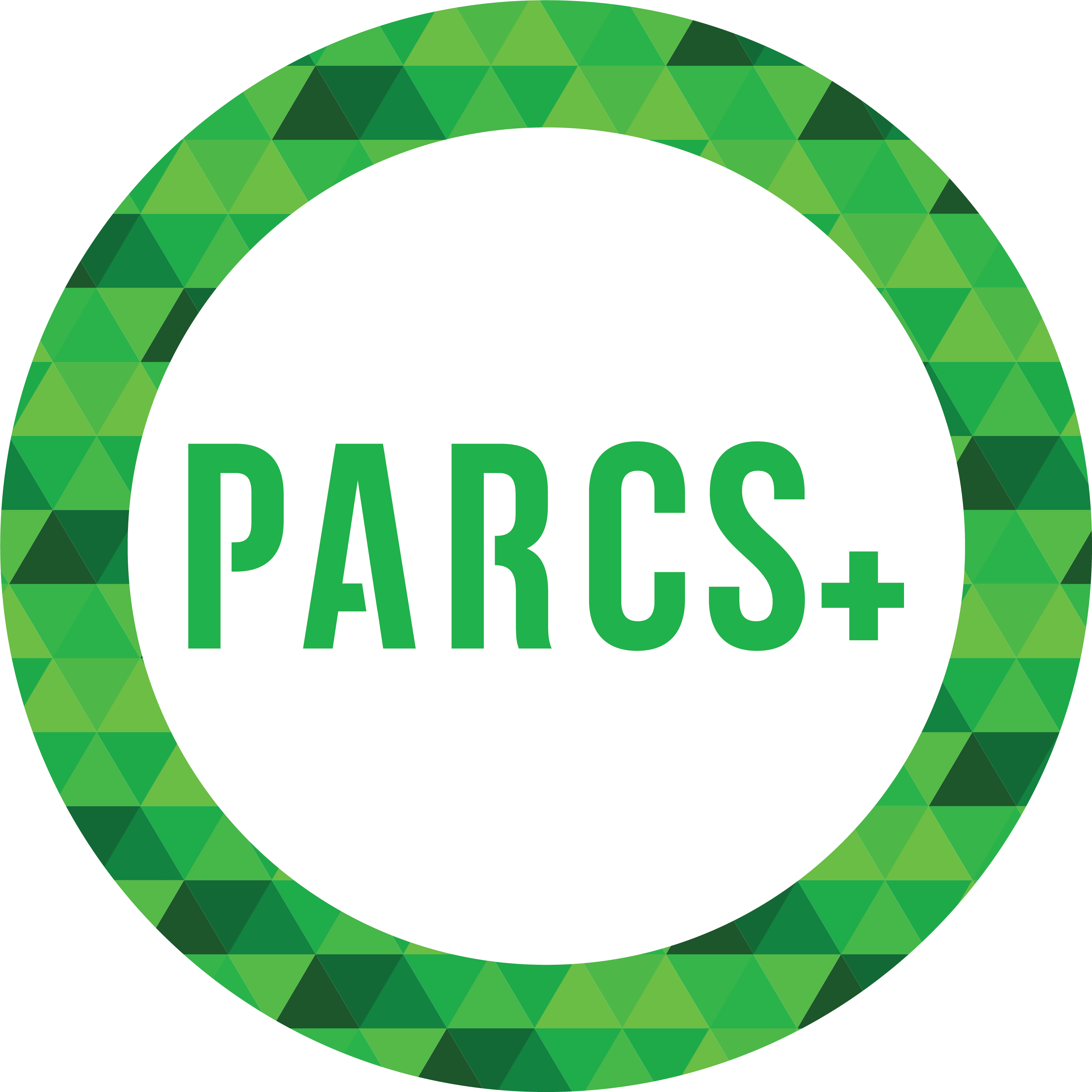Related: How to Ensure Playgrounds are Safe, Playground Installations, Playground Accessibility, Safety and Design
Every child wants to play, and one of the places that they go to to do so are playgrounds, which is why it is so important to ensure that every park is accessible for every child.
In fact, in May 2007 the Canadian Standards Association or CSA released an updated version of its CAN/CSA Z164 or the Children’s Playspaces and Equipment Standard. With this document came a new accessibility guideline called Annex H. This guideline is closely aligned with the Americans with Disabilities Act: Accessibility Guidelines for Play Areas.
The purpose of Annex H is to establish a minimum accessibility requirement for all newly constructed play spaces as well as any renovations and retrofits that need to take place on existing playgrounds. The purpose is to ensure all children can have fun when they go to a playground, and the only way to do that is to ensure that every child has a general level of usability of every playground. In fact, it is recommended all users of CAN/CSA-Z614 adopt Annex H as its Accessibility Standard for new and renovated playgrounds.
Where Does Annex H Apply?
Annex H would apply to all new construction playgrounds, which are designed for children 18 months to 12 years old. These play spaces can be located in a variety of different settings including schools, parks, institutions, private resorts and other areas of public use.
It can also apply to existing play areas where a renovation and/or retrofit occur.
What is a Play Component?
When you read Annex H it mentions the term play component, but what is a play component? Play components are the elements, which are designed to generate social activities and learning, they can be integrated into the play structure or not. Examples include components for sliding, swinging, climbing, spring riders, swing sets and play panels.
Elevated play components are playing elements, which are part of the structure and placed on platform decks.
Ground-level play components are all of the components which are accessible from ground level and that the exit is at ground level.
Transfer systems are composed of two elements:
The transfer platform, which must be at a height, which will allow for a user on a wheelchair to “transfer” from their chair to the platform.
Transfer steps, which need to facilitate the movement above or below the transfer platform to the accessible play elements.
Types of Play Components
Creative/Cognitive Play Equipment
Involves thinking, manipulating and problem-solving. Some examples include sand play tables, sandboxes, musical panels and sand excavators.
Physical Play Equipment
Opportunities to climb, slide, swing, run, ride and rock. Some examples include slides and spring toys.
Quiet Retreat Play Equipment
Opportunities to perch hide or play alone. Examples include benches, natural landforms and bubble windows.
Social Play Equipment
Facilitates interaction between children. These can include playhouses, double steering wheels and game panels that involve multiple users.
How Many Play Components Must Be on an Accessible Route?
Ground-level play components are required to have one of each type (creative/cognitive, physical, quiet retreat and social play equipment) based upon the number of elevated play components are available; so one of each type of ground-level play component that is present needs to be located within an accessible route. On top of this at least 50% of the elevated components must be on the accessible route.
What are the Requirements for Accessible Routes?
The term accessible route has been mentioned several times already, but what is it exactly? An accessible route is a pathway that is specifically designed to provide access for individuals that have disabilities including those using a wheelchair or other mobility device.
There are two types of accessible routes:
Ground-Level
Elevated
An elevated route connects elevated play components on a composite structure. Where a ground-level route connects ground components and the transfer system, which connects elevated components.
The size of the accessible route is determined based on the size of your playground. For example, a playground, which is 92.9 square meters should have a ground-level accessible route, which is 1117.6mm.
Ramps will be required if the composite structures have 20 or more elevated play components and are required to connect to at least 25% of the elevated play components so if there are 8 to 10 elevated play components you should have a minimum of 3 ground level play components. In addition to this if you have 10 elevated play components on a play structure; you need at least 5 of these to be accessible.
By including ramps within your play structure you will also be allowed for individuals who use wheelchairs and mobility devices to access elevated play components in composite play structures without requiring them to transfer.
What Other Accessibility Requirements Apply to Play Components?
Some of the additional requirements, which are mentioned in Annex H include the following:
Clear floor or ground space, which will provide an unobstructed room to accommodate a single stationary wheelchair and its occupant at a play component on an accessible route.
Manoeuvering space is also something that needs to be taken into account, and the space required is defined as the space needed for a wheelchair to make a 180-degree turn, and at least one maneuvering space needs to include at the same level as elevated play components.
Transfer Points and Seats, all entry points and seats are features of play components where individuals would transfer, sit, or gain access.
Reach ranges should also be taken into consideration. These ranges should be at the recommended designated regions of space that a person seated in a wheelchair can reasonably extend their arm or hand to touch, manipulate or interact with an object or play component.
That is a lot to take into consideration! But every child deserves to be able to have a carefree childhood no, matter what disability they may have, and the best way to ensure that they can be carefree is to allow them to play regardless of their disability. So check that the playground that is under your care is accessible to all children, not just a select few. Let’s all work together so that every child will have a chance to have fun when they visit a playground!
Share your opinions in the comment section below!


